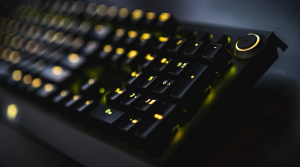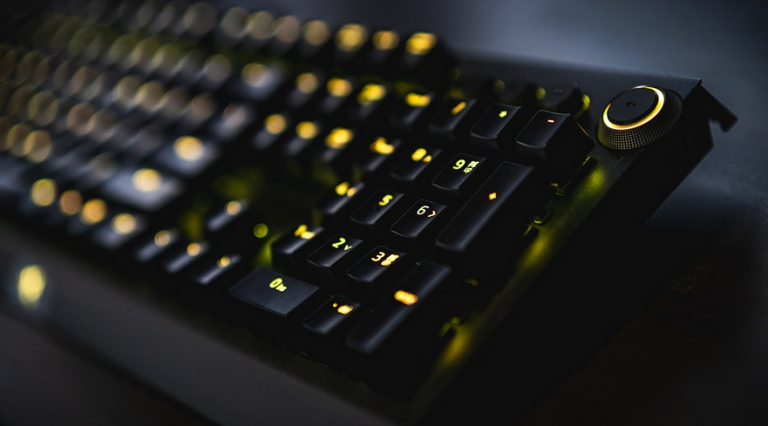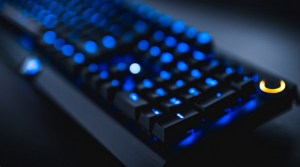Exploring the World of Charged Particles
Imagine a world where tiny, invisible forces hold everything together. That’s essentially what happens in the realm of chemistry, and ionic bonding is at the heart of it.
In this blog, we’re diving into the fascinating world of ions, those charged particles that play a crucial role in forming compounds like salt (NaCl), baking soda (NaHCO3), and even our own bodies.
But what exactly makes an atom “give up” its electrons to another atom? Why do certain elements form bonds with others while others don’t?
The Story of Electron Exchange
To understand ionic bonding, we need to delve into the world of electrons. These tiny particles are what give atoms their identity and ability to bond. In ionic bonding, an atom with a strong positive charge (often found in metal ions) tends to attract the negatively charged electron cloud of another atom (often found in nonmetal ions).
It’s like magnets! The positive and negative charges are attracted to each other, forming a stable pair. This attraction is called an ionic bond.
An Example: Sodium Chloride (NaCl)
Let’s take the example of sodium chloride, commonly known as table salt. Sodium (Na), an alkali metal, loses one electron to become a positively charged ion. Chlorine (Cl), a halogen, gains one electron to become a negatively charged ion. This electrostatic attraction between the Na+ and Cl- ions forms the ionic bond that creates NaCl.
The resulting compound is a solid with a crystalline structure. Imagine building a Lego castle! The positive sodium ions and negative chloride ions are like carefully placed Lego bricks, creating a strong, stable structure.
Why do Ionic Bonds Matter?
Understanding ionic bonds helps us understand a range of phenomena in the world around us. From the stability of food (think baking soda) to the conductivity of electricity in our batteries, these tiny molecular forces play an integral role. For instance:
* **Electrolytes:** Ionic compounds dissolved in water form electrolytes, critical for biological processes and even regulating your heart rate.
* **Salts: **From table salt to Epsom salts, ionic compounds are essential for human health and everyday life. They help maintain fluid balance, regulate pH levels, and contribute to overall well-being.
* **Corrosion:** When metallic ions react with oxygen and moisture, they form rust – a common example of how ionic bonds can lead to degradation of materials over time.
Exploring the World of Ions: Beyond Sodium Chloride
We just looked at sodium chloride. That’s only one example! There are countless other examples of ionic bonding in nature, from minerals in your soil to the composition of our own bodies.
Here’s a glimpse into the world of ions beyond NaCl:
* **Potassium chloride (KCl):** Used in fertilizer for plants. * **Magnesium sulfate (MgSO4):** Key ingredient in laxatives, used to treat constipation. * **Calcium carbonate (CaCO3):** A component of antacids, used for indigestion relief.
The Future of Ionic Bonds
As we continue exploring the world of ionic bonds, exciting new discoveries are sure to unveil even more secrets hidden within these charged particles. With advancements in technology and a deeper understanding of molecular behavior, our ability to harness the power of ionic bonding will only increase.
The future holds boundless possibilities for utilizing ionic bonds to develop innovative solutions across various fields like medicine, materials science, and energy storage. The journey into the world of charged particles is just beginning!











